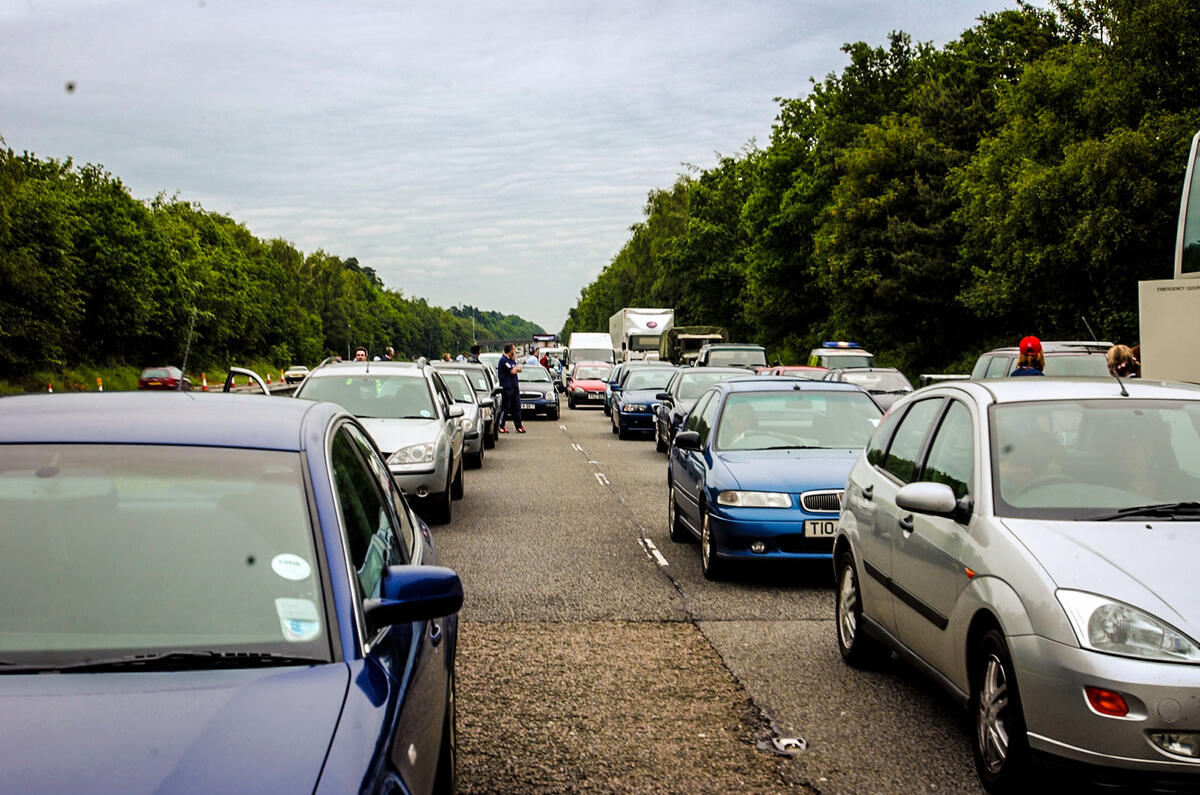So this country spent £75m on the ‘implementation and maintenance’ of traffic calming measures in 2014? Churchill Insurance is claiming this figure was up by £26m on the total spent in 2013.
Funnily enough, I recently spent an afternoon in a garage in the East Midlands, the sort of place where you’re reminded of the realities of motoring for the majority of drivers.
While I was there an AA Patrol van towed in a 10 year-old Ford Fiesta. It had suffered a broken front spring. A quick call to the local motor factors and the repair was underway. The garage owner told me broken springs were increasingly common. ‘I don’t know why, perhaps they are making them out of crappy steel or something.’
It’s far more likely to be a result of speed humps and poorly maintained roads. And speed bumps have to be the biggest problem of the lot.
I often drive along a local road that has a good half a mile of them. The humps that are oversized, crumbling dangerously at the edges and laid out so as to force cars to cross the central white line.
Even when trying to trickle along at 20mph, I wince every time my car thumps over these tank traps as a jolt is sent through the car’s suspension components and the body creaks a little in protest.
It’s been long understood that conventional speed humps also cause serious pollution hotspots as drivers speed up and slow down, braking and accelerating. The situation is made worse when it’s an older diesel car traversing the humps.
Indeed, if you wanted to come up with a way to increase local air and noise pollution, increase fuel consumption and also cause damage to vehicles, speed bumps would be the way to do it.
It is true though that ‘traffic calming’ schemes are becoming more sophisticated. In London certainly, the idea of ‘naked streets’ and ‘shared space’ is taking hold.
Pioneered in Holland, the idea is to remove street barriers, high kerbs and road lines, all of which appear to point to infinity and are thought to encourage the driver to look 200ft down the road, rather than at the immediate traffic conditions.
Removing traffic lights altogether is also being tried - notably outside one tube station in West London, where neither the driver or pedestrian has right of way.







Join the debate
Add your comment
Seeing Red.
Despite the potential for social and economic harm, traffic regulation is introduced without analysing the full cost to road-users. All too often, policy makers neglect negative effects and approve schemes even when costs outweigh benefits.
From 2000 to 2014, when there was little growth in traffic volumes, the number of traffic lights on Britain’s roads increased by some 25 per cent. The number of junctions controlled by signals has risen to about 15,000 with a further 18,000 pedestrian crossings.
The number of instructional traffic signs in England reached 4.57 million in 2013 – an increase of 112 per cent since 1993.
Britain’s first speed camera was installed in 1992. By 2012 there were over 3,000 at 2,300 fixed sites. Monitoring now extends to large sections of the motorway network, a step change in the surveillance of motorists.
In 2013 Islington became the first borough to bring in a blanket 20 mph speed limit. By summer 2015 around 14 million people lived in local authorities that had adopted or were in the process of adopting a 20 mph standard.
The rapid expansion of bus lanes began in the late 1990s. In London they grew from 59 miles in 1997 to 172 miles in 2007.
The importance of the road network means the cumulative effect of these measures imposes an enormous burden on the UK economy. Just a two-minute delay to every car trip equates to a loss of approximately £16 billion a year.
There is a strong economic case for replacing standard traffic regulation with strategies that harness voluntary cooperation among road-users. ‘Shared space’ schemes – such as the one in Poynton in Cheshire – show the transformational benefits of this unregulated, design approach.
A high proportion of traffic lights should be replaced by filter-in-turn or all-way give-ways. Many bus lanes, cycle lanes, speed cameras and parking restrictions should also go.
Culling such traffic management infrastructure would deliver substantial economic and social benefits.
Traffic lights on rounabouts
Typical politicians motoring ignorance
Ahhhhh that's better.